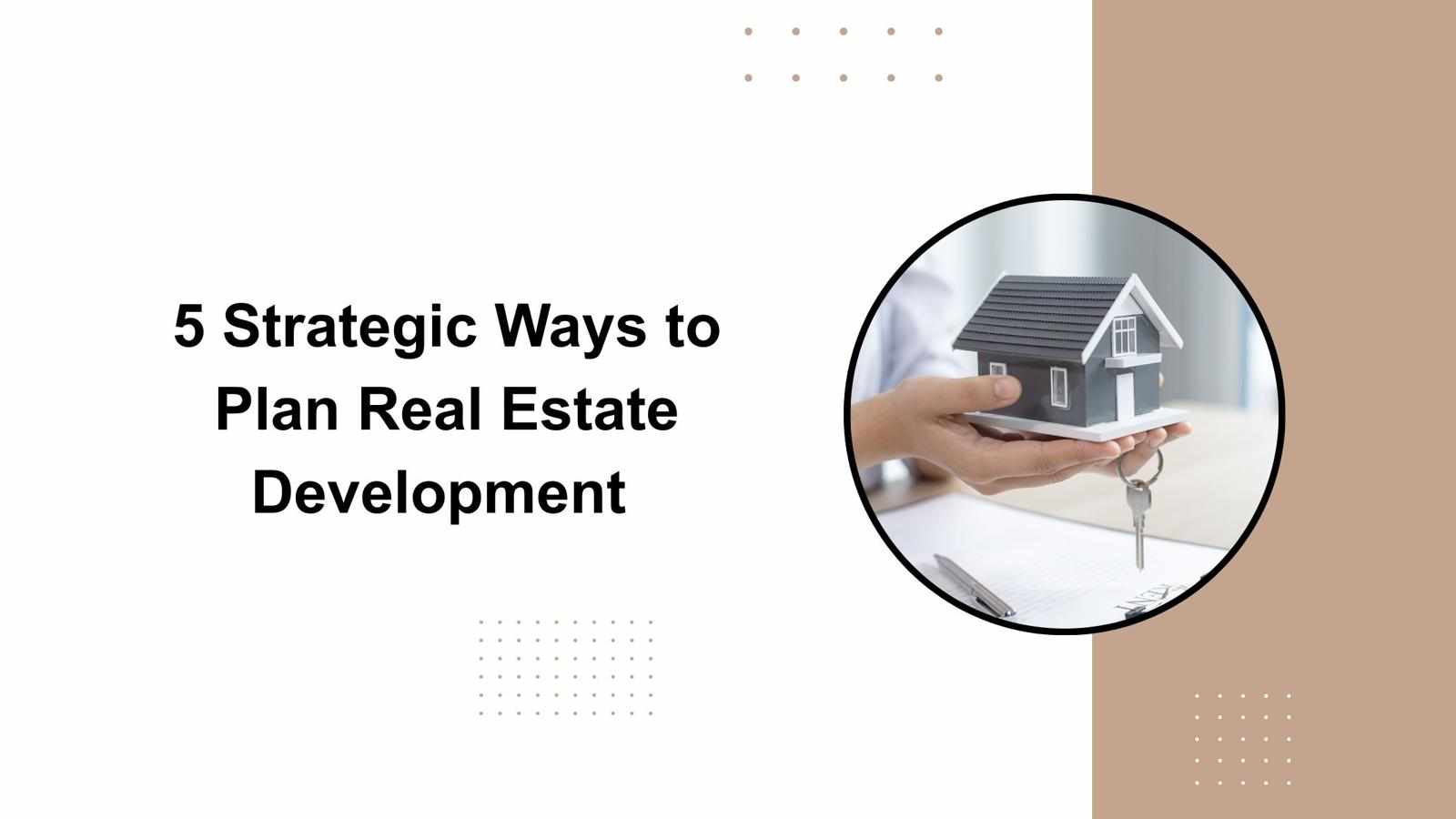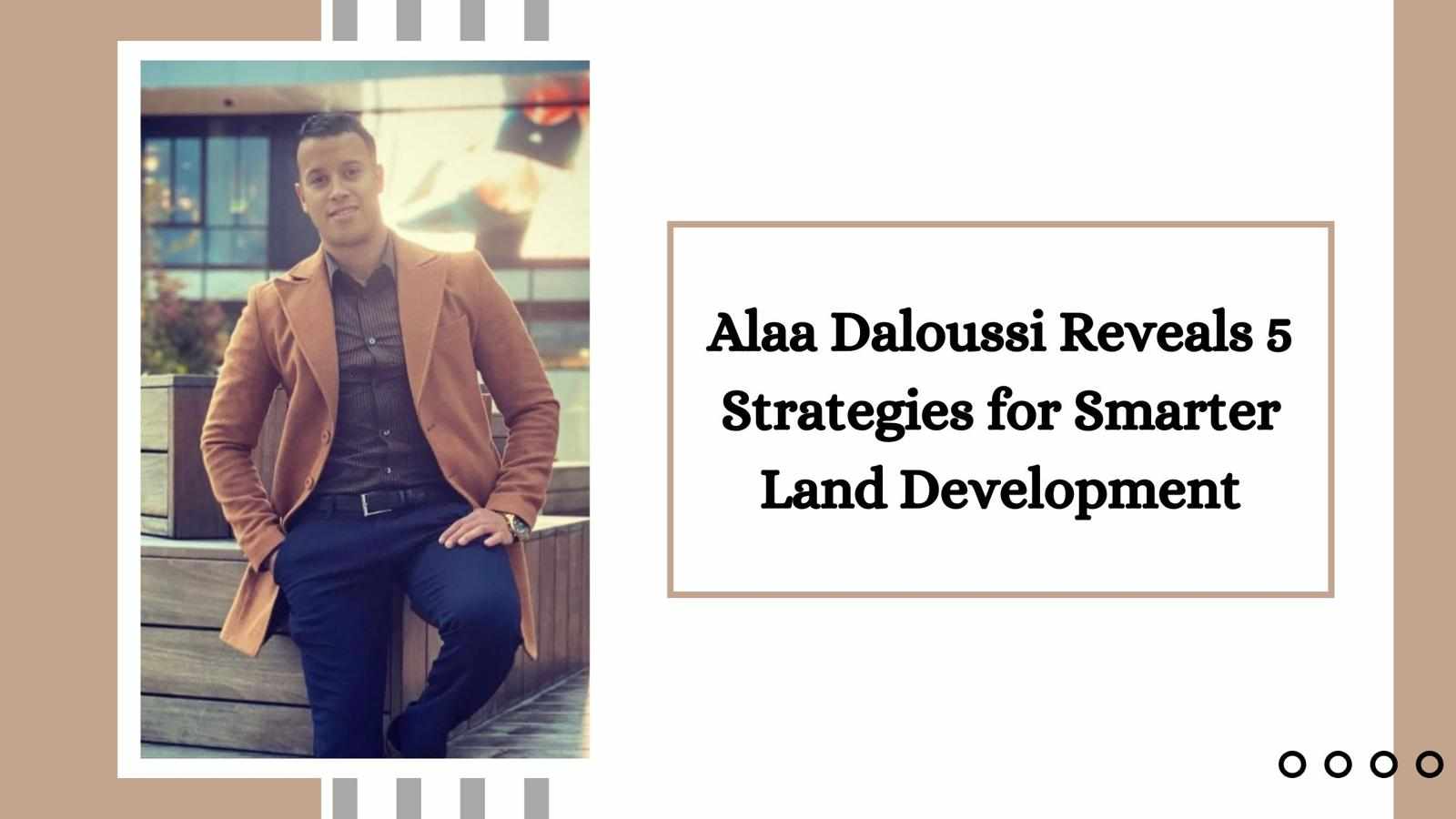
Real estate development is a long process that requires clear planning and strong strategies. From selecting the right land to building projects that meet future demand, every decision shapes the overall success. Following 5 Strategic Ways to Plan Real Estate Development helps reduce risks, control costs, and increase the long-term value of properties. When development is handled in a structured way, it not only benefits investors but also supports communities by creating reliable spaces for living, working, and growth.
1. Start With Careful Land Selection
The foundation of any real estate project begins with choosing the right location. A well-selected piece of land can greatly influence the value and success of the development. Factors such as access to roads, availability of utilities, nearby facilities, and potential for growth must be studied before making decisions. Land with strong connectivity and good surroundings attracts long-term demand and creates opportunities for higher returns. Careful selection ensures that the project is built on solid ground, both literally and financially.
2. Focus on Infrastructure Planning
Strong infrastructure planning is key to a successful development. Roads, water supply, electricity, sewage systems, and internet connectivity are not just add-ons but essential parts of the project. Without proper infrastructure, even a well-placed property can lose value and appeal. Planning these elements from the start helps avoid delays and unexpected costs. It also ensures that the development can meet the needs of future residents and businesses. A project with strong infrastructure planning is more reliable, safer, and better prepared for long-term use.
3. Create a Sustainable Design Strategy
Sustainability is becoming one of the most important parts of real estate planning. Building with long-term value in mind means considering energy efficiency, green spaces, waste management, and environmentally friendly materials. A sustainable design strategy not only lowers operating costs but also makes the property more attractive to buyers and tenants who care about responsible living. Adding features like natural lighting, proper ventilation, and energy-saving systems creates healthier and more efficient spaces. This approach ensures the project remains competitive in the market while reducing its environmental impact.
4. Strengthen Financial and Risk Planning
No real estate project can succeed without strong financial planning. Budgets must be realistic, funding sources should be secured, and costs must be monitored throughout the development. Alongside financial planning, risk management is equally important. Markets can change, regulations may shift, and unexpected events can occur. Having backup plans, insurance coverage, and legal compliance strategies helps protect the project from financial loss. Careful financial and risk planning ensures that the project stays on track and reaches completion without unnecessary pressure or setbacks.
5. Align With Market Demand and Future Growth
Successful real estate development requires understanding the market and predicting future needs. This includes studying local demand, population growth, economic activity, and lifestyle changes. Projects that match these factors stand a greater chance of long-term success. For example, areas expecting new businesses may need more housing or commercial spaces. Aligning projects with such trends ensures that developments remain valuable and useful for many years. Planning with market demand in mind helps developers create properties that not only meet today’s needs but also grow in value over time.
Conclusion
Strategic planning is the backbone of successful real estate development. From choosing the right land to preparing for future demand, each step plays a vital role in creating lasting value. Careful land selection, strong infrastructure, sustainable design, reliable financial planning, and alignment with market demand all work together to build projects that are profitable, reliable, and meaningful. By following these strategies, developers can shape projects that serve both investors and communities for the long term.




Write a comment ...